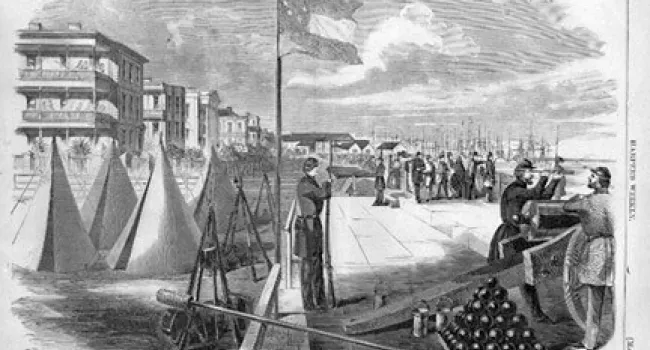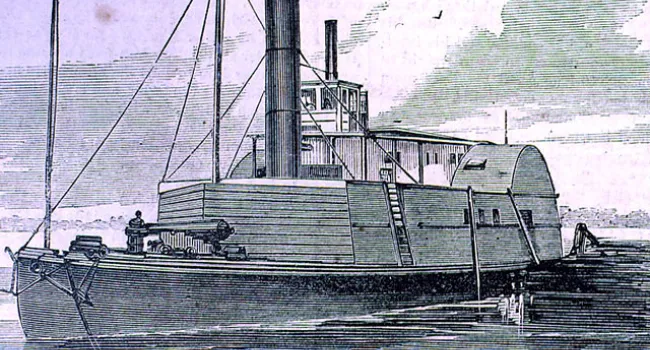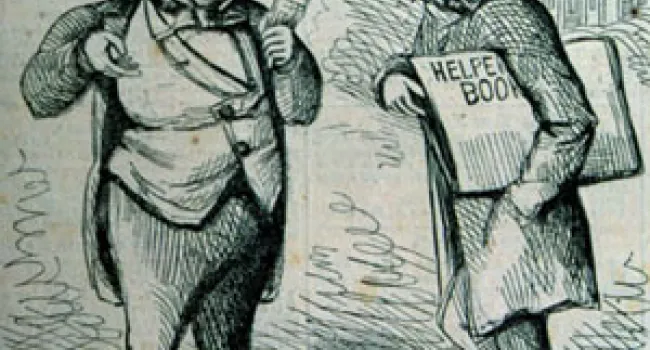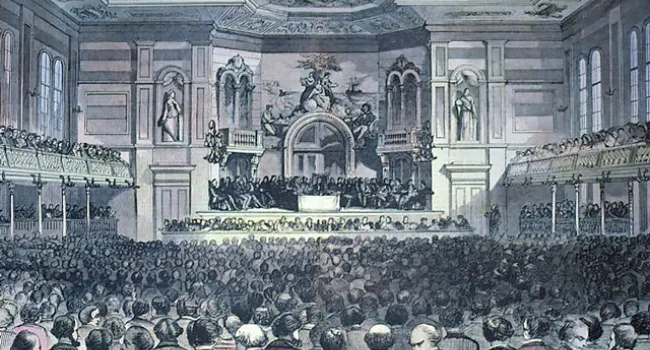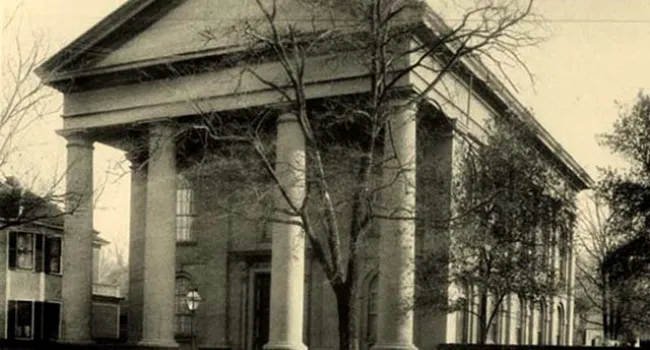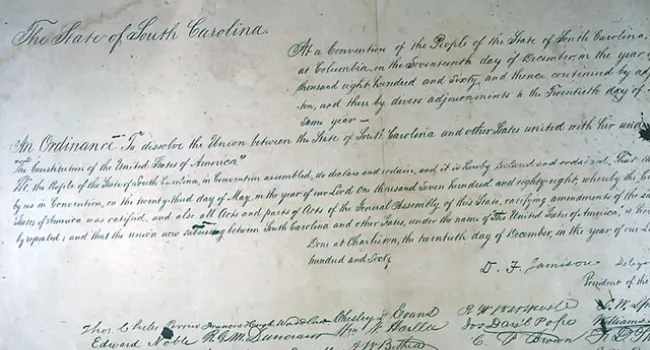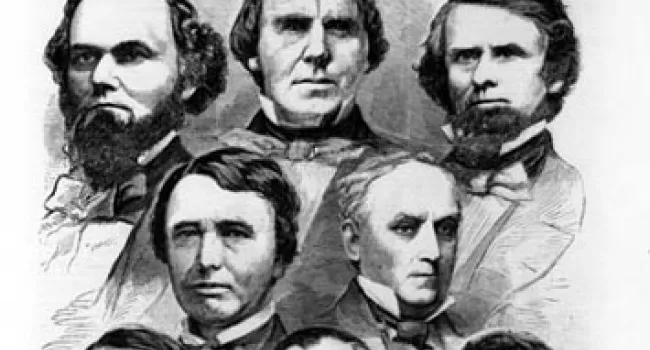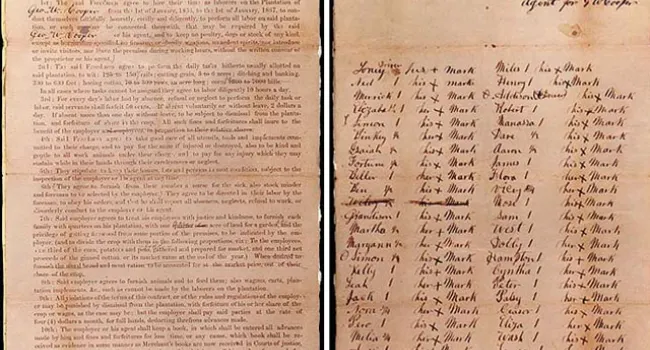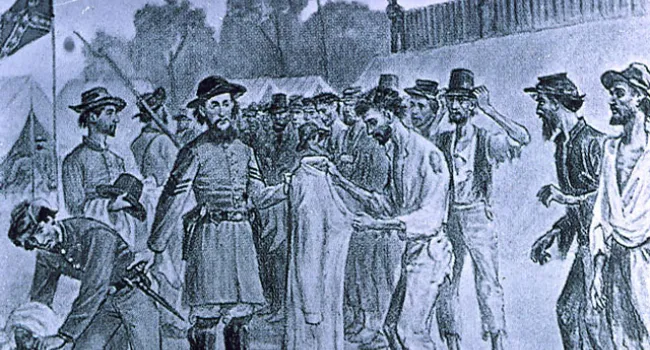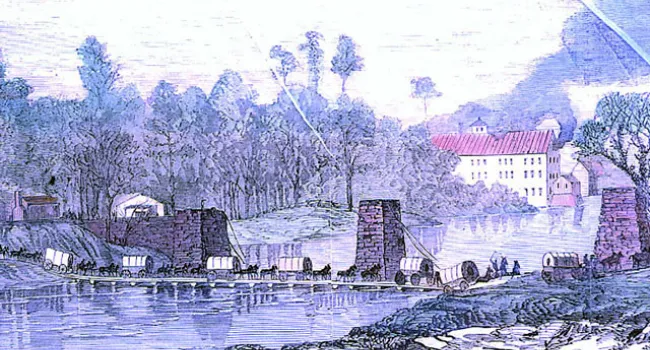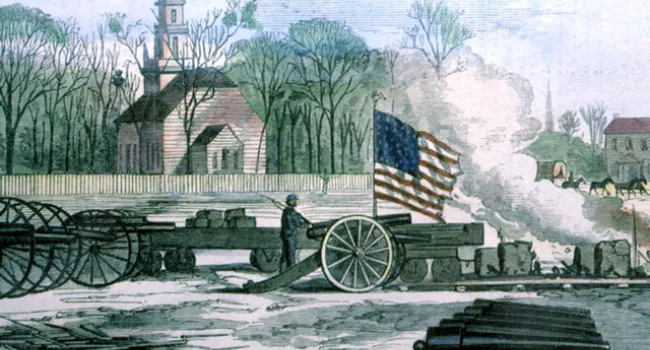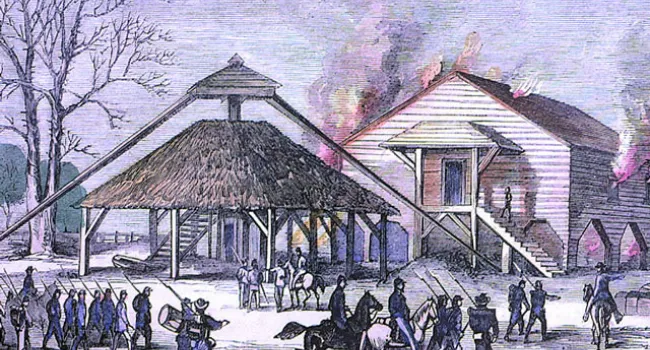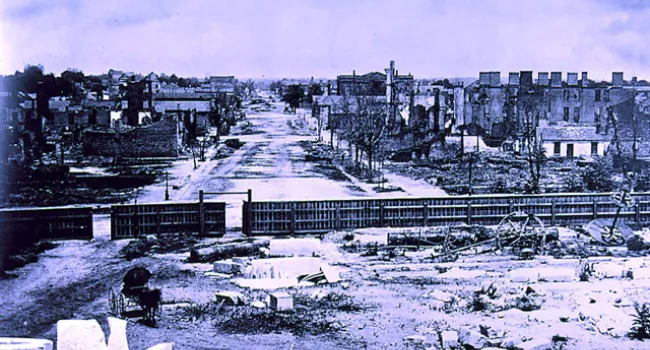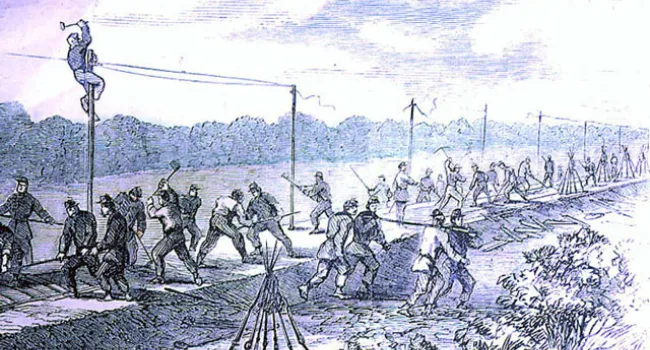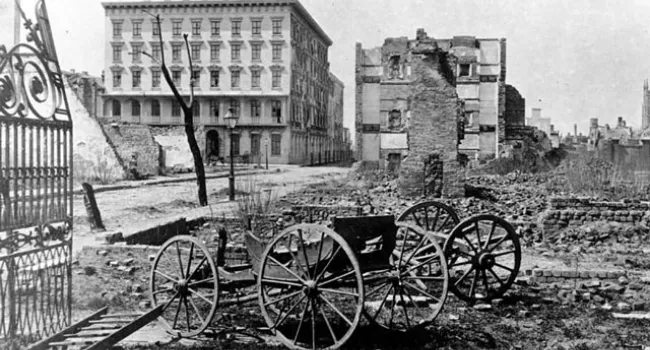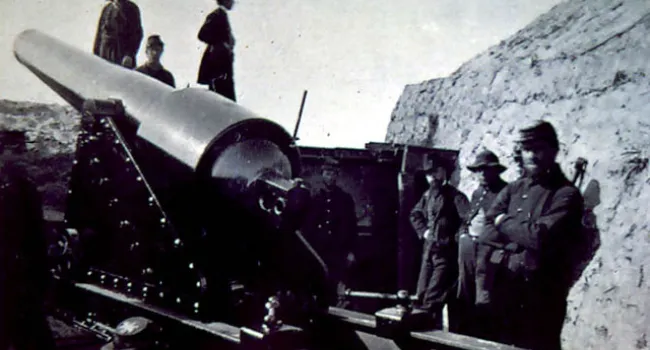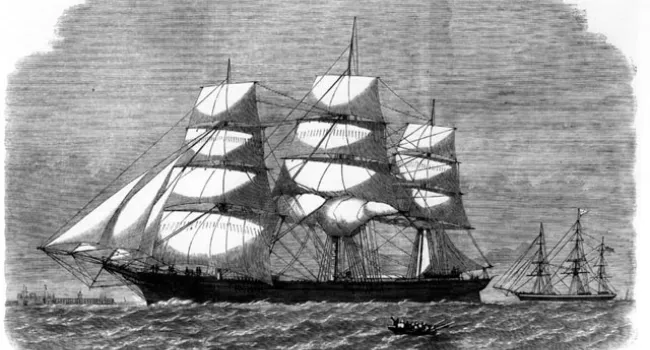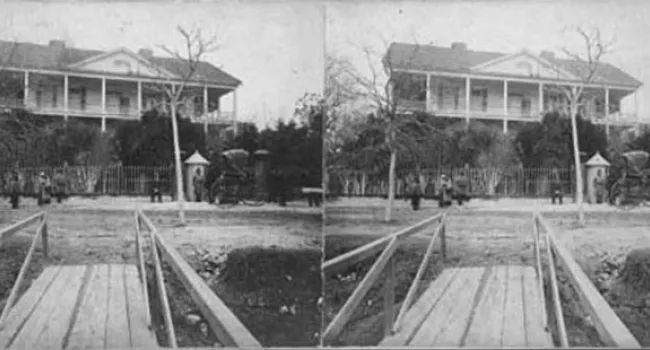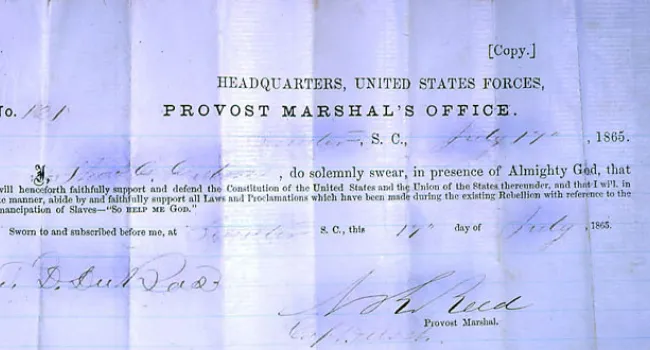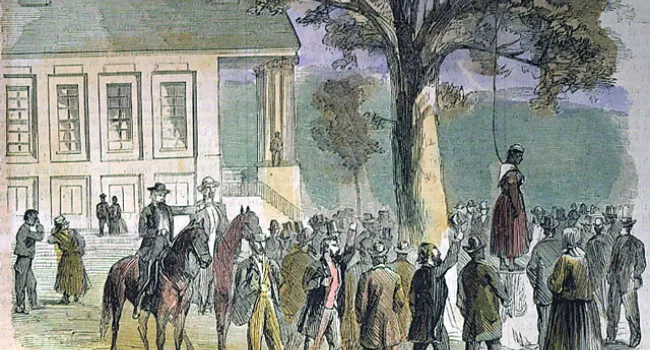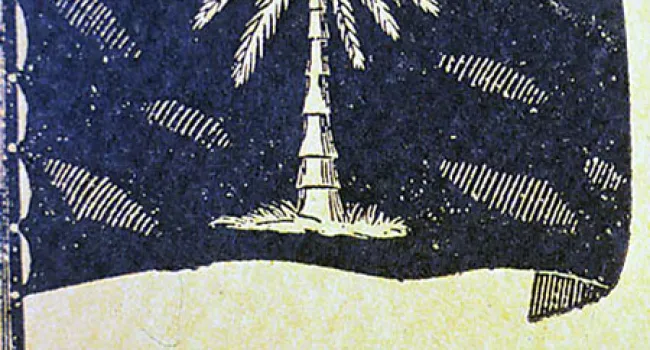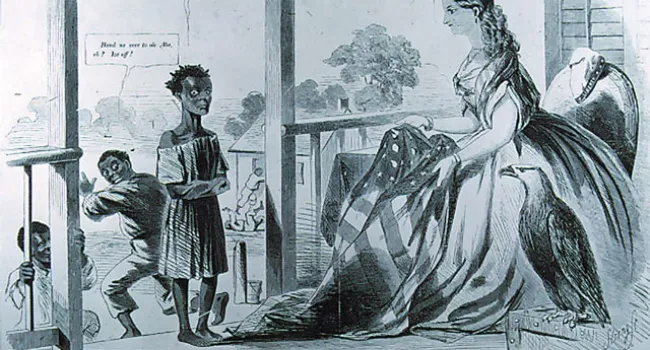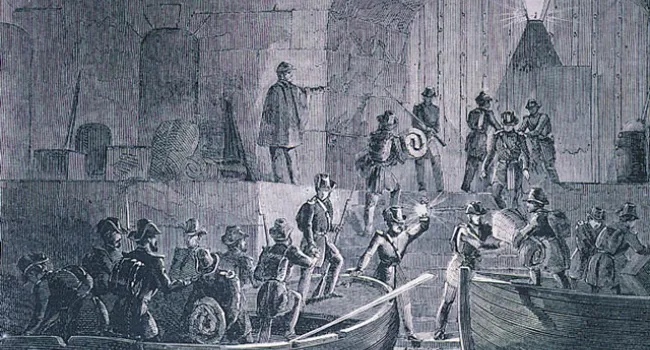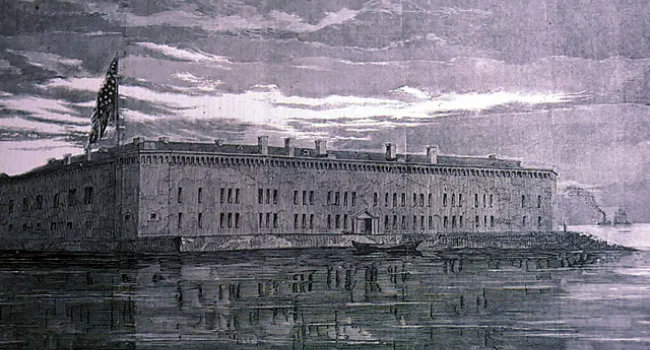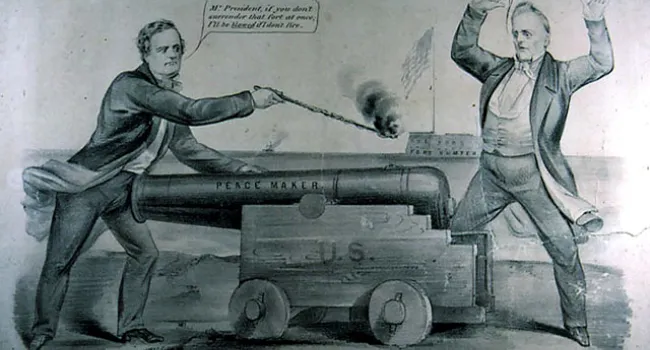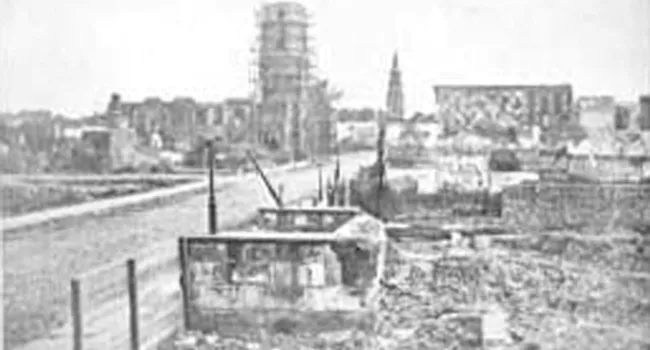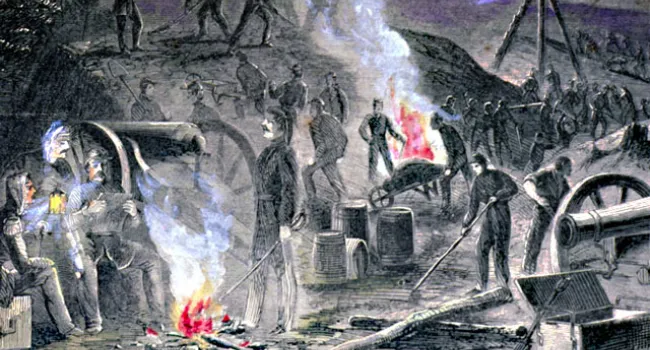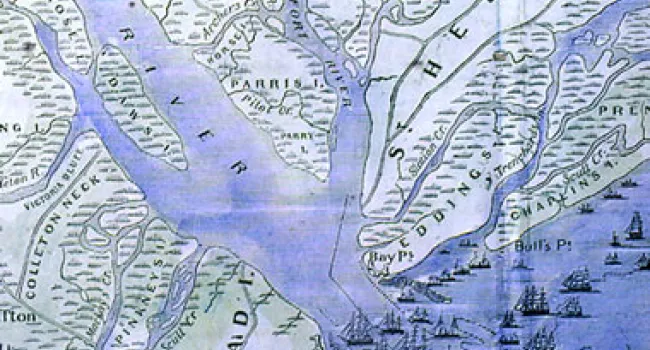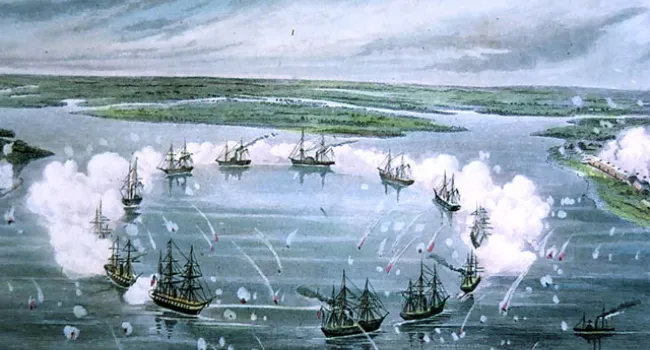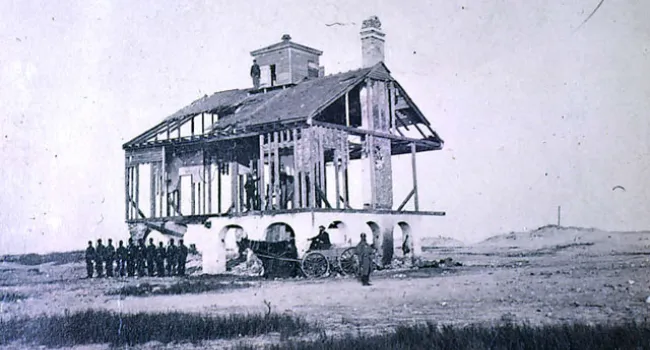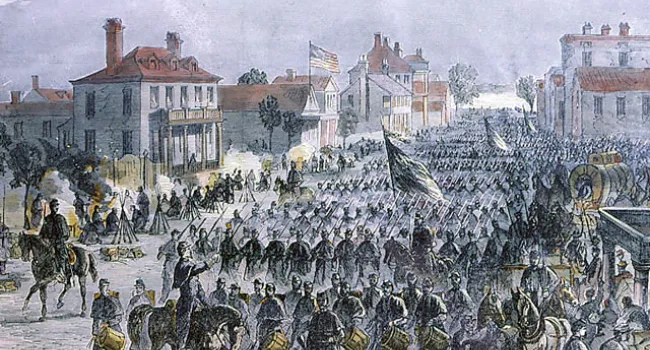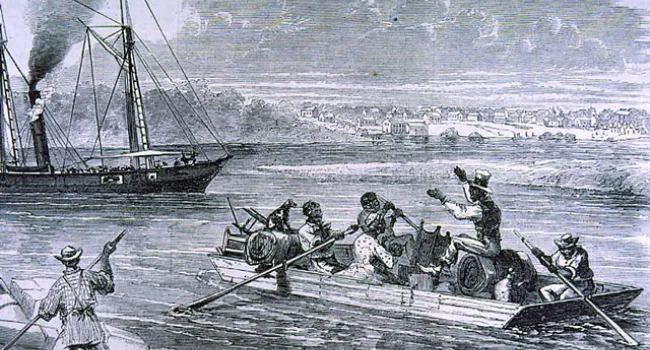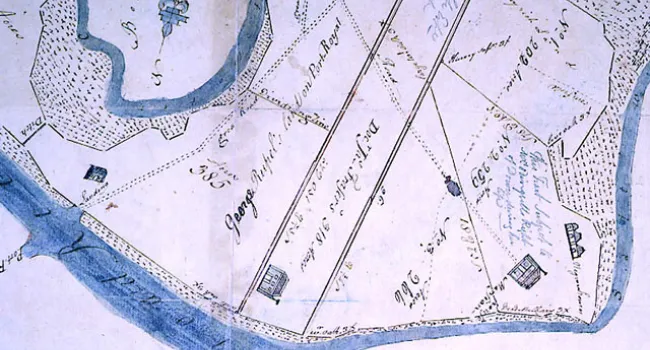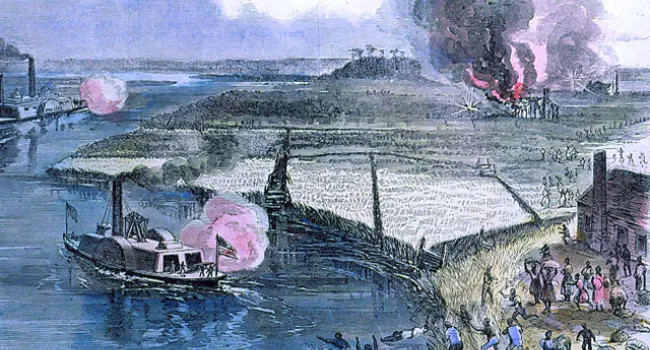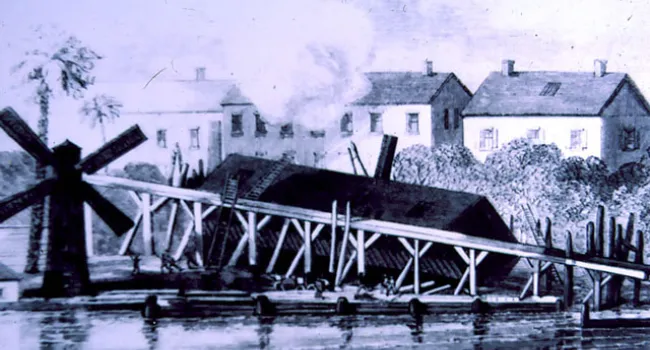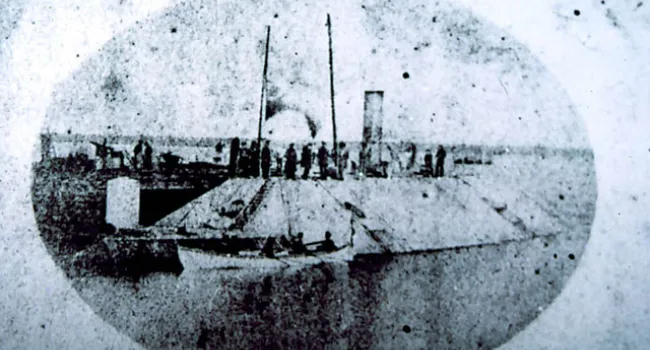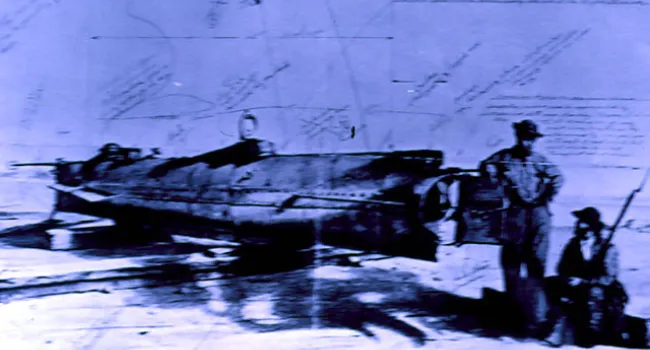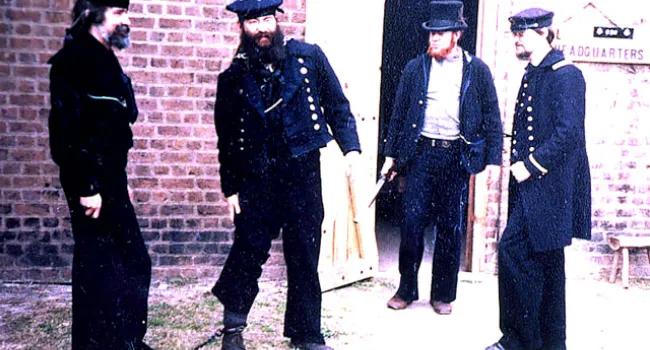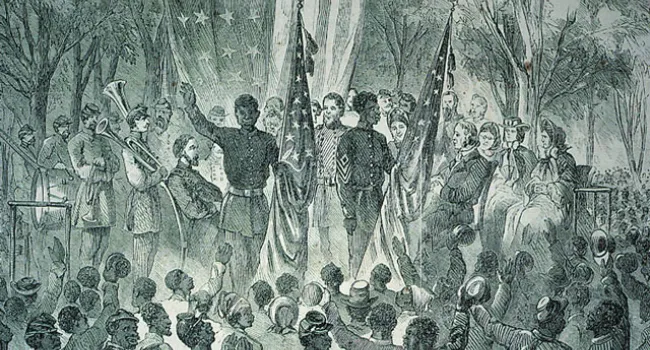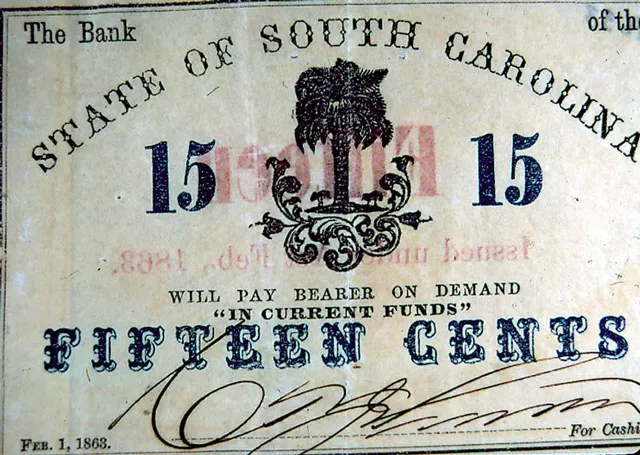
Both the Union and the Confederacy had to resort to creative efforts to finance the heavy expenses of the Civil War. Both taxed their citizens. That was not enough, and both governments resorted to the printing of paper money that was, in effect, a long term note promising the person who accepted it that its value would be honored by the government that issued it, and that ultimately it could be exchanged for actual bullion, or coin. In the South, this Confederate money lost all its value when the government that printed it was defeated. In the North, the "Greenbacks" issued to finance the war were gradually removed from circulation by a fiscally conservative Congress, and inspired briefly a political movement known as the "Greenback Movement," supported by farmers and others who wanted a more flexible money supply. During the war, South Carolina and the Confederacy were also hampered by the shortage of metals from which to produce coins of small values needed for everyday exchanges. The result was the printing of currency in very small denominations, such as this February 1, 1863, issue of a note for 15 cents.
Courtesy of the South Caroliniana Library
Standards
- 4.4.CC Identify and evaluate the economic, political, and social changes experienced throughout the Civil War.
- 4.4.E Analyze the economic, political, and social divisions during the Civil War.
- 8.3.E Utilize a variety of primary and secondary sources to analyze multiple perspectives on the effects of the Civil War within South Carolina and the United States.
